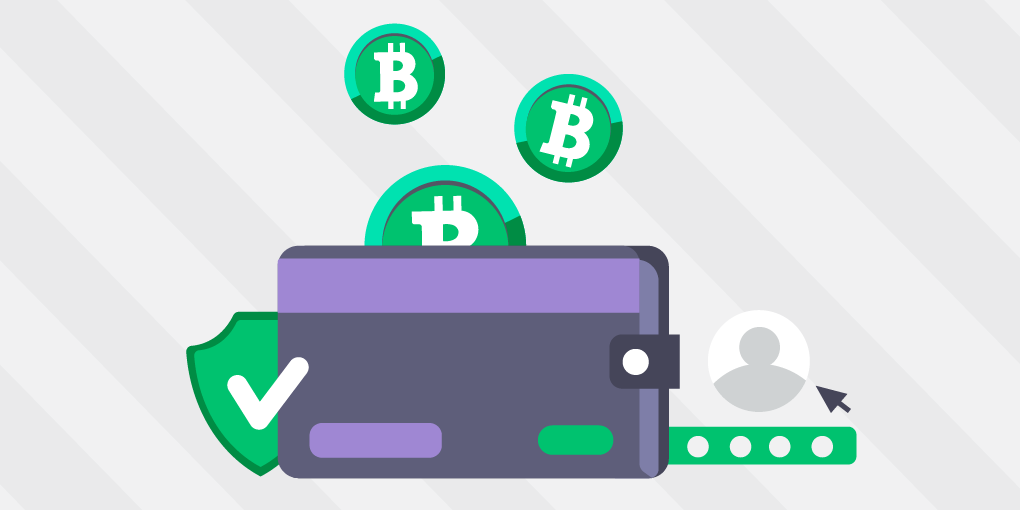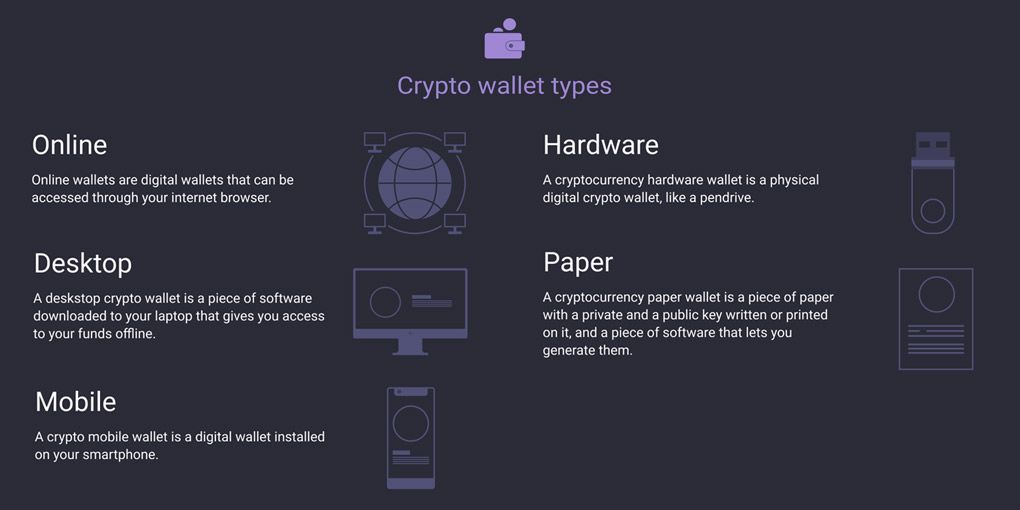How Do Cryptocurrency Wallets Work? Types of Wallets Explained
However, crypto wallets are also necessary to gain access to the entire blockchain network — if you own crypto, it must be stored in a wallet. A crypto wallet is more versatile because it can house your crypto either in a physical location or a virtual location. The key difference between crypto wallets and traditional wallets is that crypto wallets are generally extremely secure, employing several different security measures to keep your crypto safe. There is also a large variety of different types of crypto wallets, from hot wallets, to cold wallets, to multi-wallets, and more.
How Does a Crypto Wallet Work?
A crypto wallet works by providing the holder of funds with both a public and private key. The public key is what the blockchain ledger (and the entire crypto public) sees when you transact with your crypto. The private key is a cryptographically generated set of numbers and letters that functions as a password for accessing your wallet. The most basic method of authorization is just a password. You can access most wallets by simply entering your username or public key and inputting your password or pin number. There are an array of measures available for increasing wallet security, but it is helpful to first have a sense of the different types of wallets.

Different Types of Crypto Wallets
Hot and Cold Crypto Wallets
The first exposure many people will have to a crypto wallet is the hot wallets used by exchanges. These wallets are great for liquidity and ease of transactions, allowing for the quick exchange of tokens. A hot wallet is just any wallet that is connected to the internet. On that note, there are also web wallets, which exist solely online. Web wallets are essentially the email version of crypto wallets. The downside to hot and web wallets is that, while they are very secure, they are more susceptible to hacking. A cold wallet, on the other hand, is stored offline — you do not have to be connected to the internet to access your wallet. Most people access their cold wallet on mobile or desktop apps.
Hardware Cryptocurency Wallets
Hot and cold wallets generally have straightforward functionality and basic cryptographic security. Aside from these more basic types of wallets, there are some more niche sorts of wallets. While hot and cold wallets are software wallets, a hard wallet is a small, physical plug-in wallet for storing your crypto — a hardware wallet. Hard wallets have increased security because they are not stored on a computer or desktop, so hacking them is nearly impossible. Hard wallets are entirely portable, and usually less than half the size of a smartphone. The most common type of hard wallet is the Ledger Nano wallet, with its sleek design and increased functionality. Ledger wallets even enable staking for tokens that support it.
Multi-Wallets
The wallets mentioned so far are typically used to store only one type of token. Multi-wallets are capable of supporting hundreds or thousands of different crypto tokens. If you want to store all of your crypto in one place, and only have to remember one password, then multi-wallets are ideal. The most common mult-wallets, like Atomic Wallet, are simply cold wallets, but there are many hard wallets that function as multi-wallets as well.
Paper Wallets
One more type of wallet to mention is a paper wallet, though it is not very popular nowadays due to the variety of better options. A paper wallet is just a cold wallet that forces the user to physically print out their public and private keys onto a piece of paper. The idea behind paper wallets is that your keys are not stored on any hackable device, instead being committed to a piece of paper you should keep safe in the physical world. The problem with paper wallets is that the paper with your keys is very easy to lose and very easy to steal.

Authorization And Security
There are a host of methods for authorization used to increase wallet security. A traditional money wallet requires only that somebody be holding the wallet. Thankfully, it is more difficult to obtain authorization and access to crypto funds. As noted above, the most basic method of authorization is just a password or pin number. You can access most hot wallets and cold wallets by simply entering your password into the prompt.
However, many wallets support increased security and authorization measures. Most exchange wallets, for example, offer two-factor authentication before depositing or withdrawing funds from the exchange. A security feature that has become increasingly popular is multisignature technology. With multisig, a crypto owner can require a certain number of private keys to access their wallet. Most often, the owner of the wallet will require two private keys in a set of three keys. This security option enables you to store different keys in different places, mitigating the risk of losing your private key. It also frustrates any hacker that gains access to only one of your private keys.
As alluded to above, hard wallets increase security simply by obviating the need for access to a computer or mobile phone. Computers and phones are hacked every single day through a phishing email, malicious website, or dangerous software downloads. A hard wallet protects your crypto by focusing solely on your funds. It does nothing more than store your tokens; there is no possibility for hackers to gain access to it. Hard wallets are entirely portable, so you can keep them with you at all times, or store them in a safe or safe deposit box for maximum security. To authorize your funds, simply plug your hard wallet into a device and enter your password. When you are finished checking your balance or transacting, simply unplug the wallet and store it away for safekeeping.
Bottom Line
Crypto wallets offer optimum security and increased functionality, but at their core, these wallets are simply vehicles for storing your funds and interacting with the blockchain network. For those who are focused on security, hard wallets are ideal. Exchange hot wallets, web wallets, and offline cold wallets should provide sufficient functionality for those whose primary goal is liquidity and quick transactions. As the burgeoning crypto industry continues to grow, newer and safer wallets will invariably pop up, so always be on the lookout for the next innovation in crypto storage.
A great option for storing your crypto assets is NOW Wallet – a non-custodial digital wallet designed by and for crypto enthusiasts. It requires no mandatory registration, supports over 20,000 trading pairs, and is part of the vast ChangeNOW products ecosystem. Read more about NOW Wallet or go straight to App Store or Google Play for a free download.



